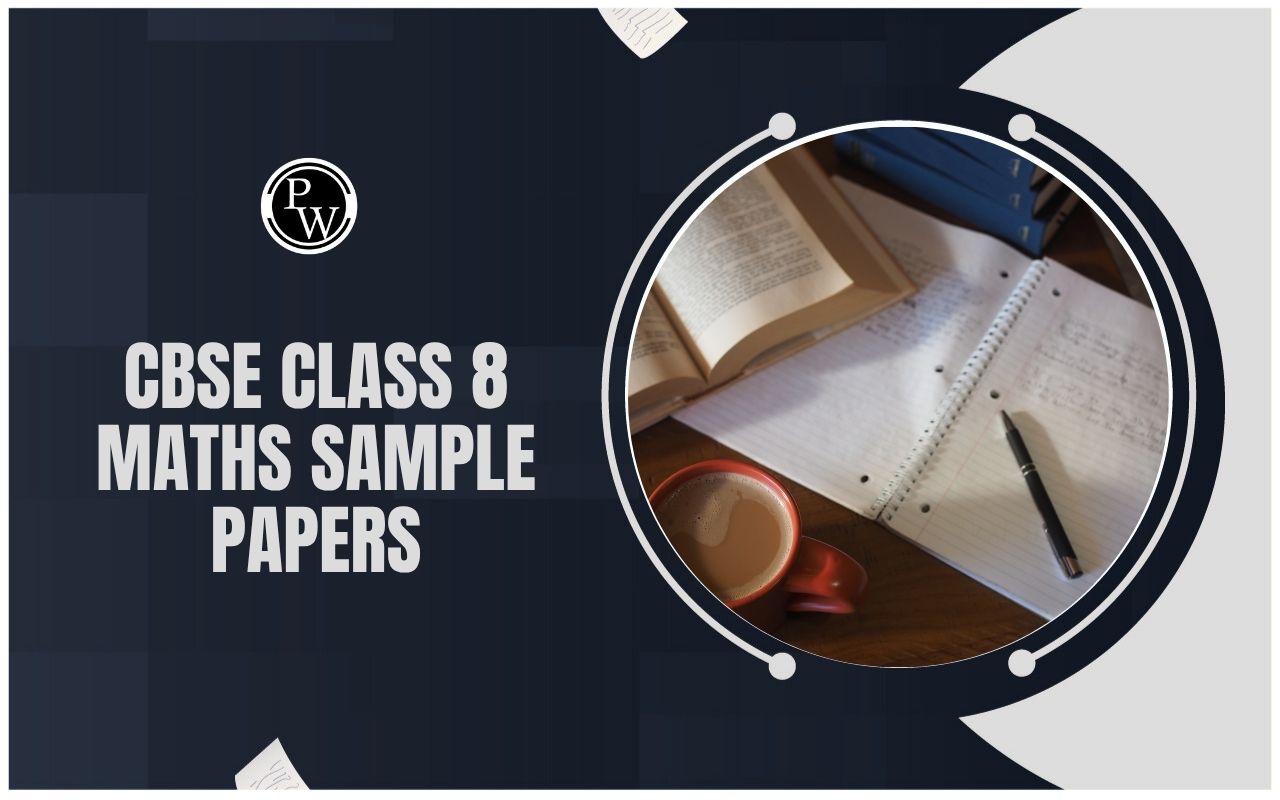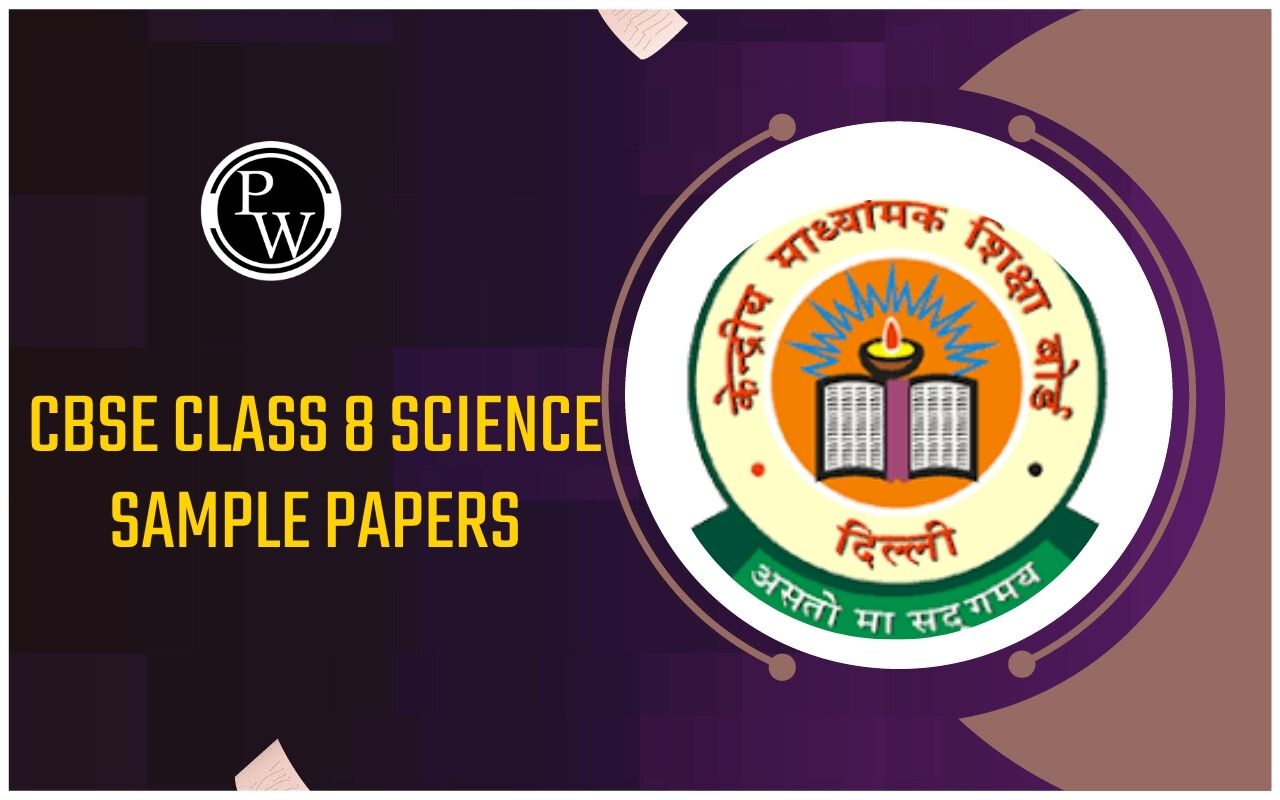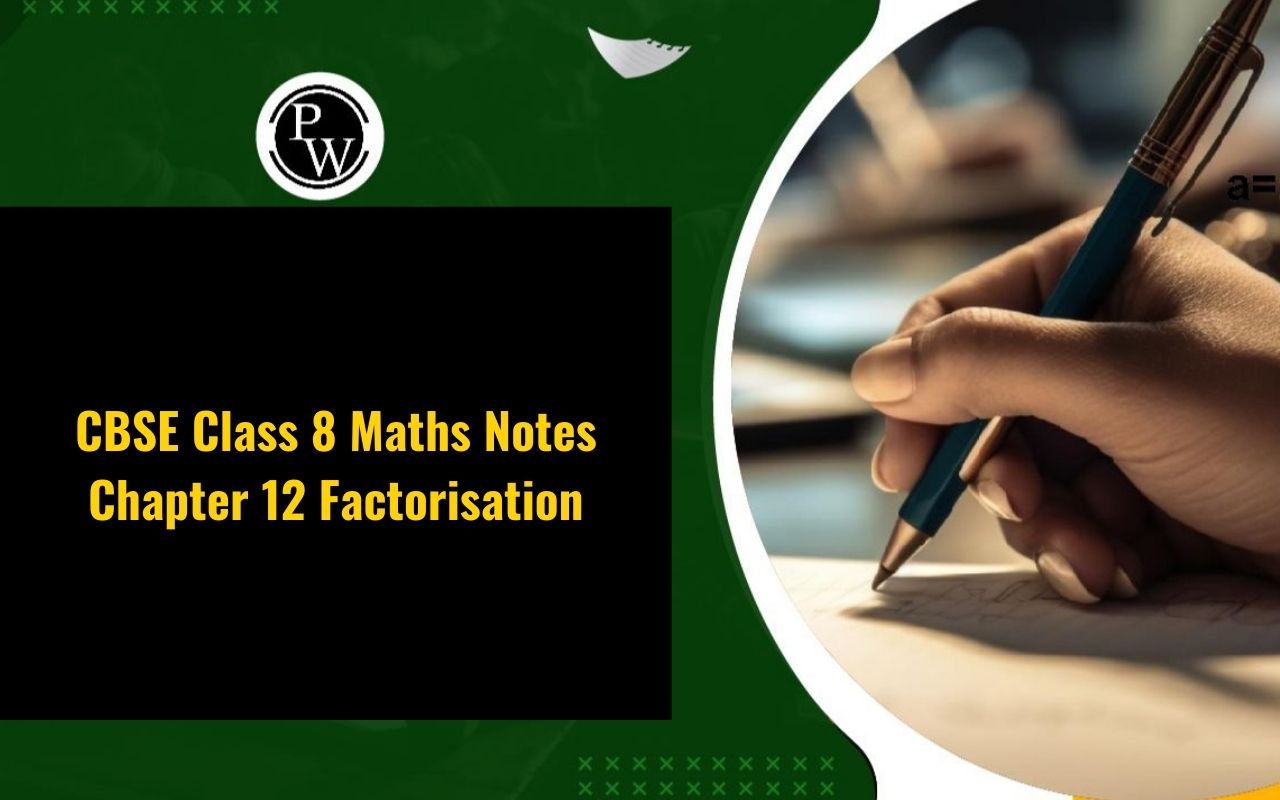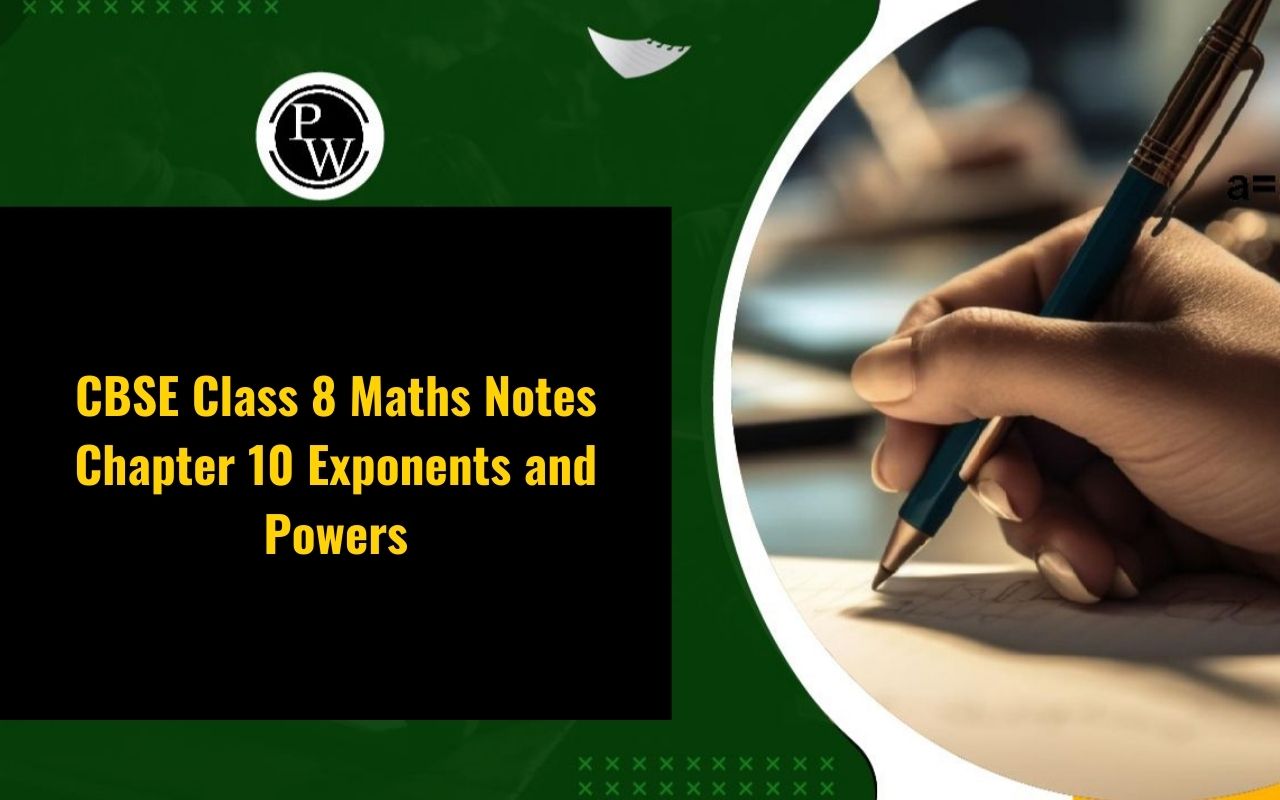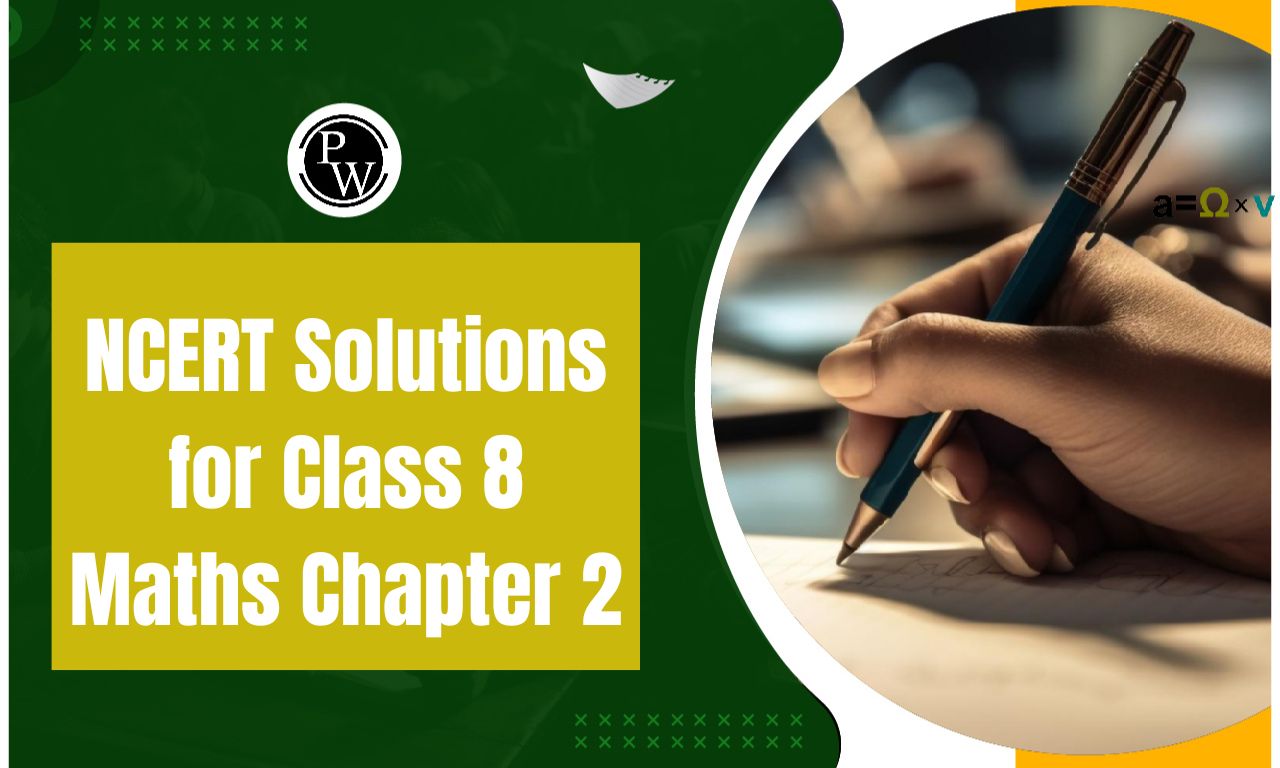
Important Questions for Class 8 Maths Chapter 11: The important questions from CBSE Class 8 Maths Chapter 11 Direct and Inverse Proportions are essential for students aiming to strengthen their understanding of proportionality.
These questions not only cover fundamental concepts but also help students prepare for advanced topics they will encounter in Class 11. By practicing these questions students can develop problem-solving skills and a deeper understanding of how direct and inverse relationships are applied in real-life scenarios. Mastering these concepts at the Class 8 level provides a solid foundation for tackling mathematics in higher grades.Important Questions for Class 8 Maths Chapter 11 Overview
Direct and Inverse Proportions are concepts that describe the relationship between two quantities when they are linked in specific ways.
Direct Proportion
Two quantities are said to be in direct proportion if an increase in one quantity causes a proportional increase in the other, or a decrease in one causes a proportional decrease in the other.- Example: The cost of apples is directly proportional to the number of apples bought. If the price of one apple is ₹10, the cost increases proportionally with the number of apples (e.g., 2 apples cost ₹20, 3 apples cost ₹30, and so on).
Inverse Proportion
Two quantities are said to be in inverse proportion if an increase in one quantity causes a proportional decrease in the other, or vice versa.- Example: The time taken to complete a task is inversely proportional to the number of people working on it. If 1 person takes 10 hours, 2 people will take 5 hours, and 5 people will take 2 hours to complete the same task.
Important Questions for Class 8 Maths Chapter 11 PDF
The Important Questions for Class 8 Maths Chapter 11 Direct and Inverse Proportions help students understand key concepts and practice problem-solving effectively. These questions are essential for exam preparation and building confidence. The PDF link is available below for easy access to this resource.Important Questions for Class 8 Maths Chapter 11 PDF
Important Questions for CBSE Class 8 Maths Chapter 11 Direct and Inverse Proportions
Here are important questions from Chapter 11 Direct and Inverse Proportions for Class 8 Maths along with their solutions:1. If the increase in time causes a corresponding decrease in the price of a product. Identify the proportionality.
Solution:
As per the given question, the increase in time reduces the price of a product. Thus,Time ∝ 1/Product Price
Hence, the time and price of the product are inversely proportional.2. Identify the variation: “For the increase in speed, the time to cover a fixed distance reduces”.
Solution:
In this case, an increase in speed results in a decrease in time. So,Speed ∝ 1/Time
So, this relation is a case of indirect variation.water tanker can finish a certain journey in 10 hours at the speed of 38 km/hr. By how much should its speed be increased so that it may take only 8 hours to cover the same distance?
Ans: Given: speed = 38 km/hr, time = 10 hours.
Speed(x) : 38km/hr ?
Time taken(y) : 10 hours 8 hours
It is an inverse variation.
3. A car can finish a certain journey in 10 hours at the speed of 48 km/hr. By how much should its speed be increased so that it may take only 8 hours to cover the same distance ?
4. If the cost of 20 pens is Rs. 180, calculate the cost of 15 pens?
Solution:
Given that 20 pens cost Rs. 180. Now, let the cost of 15 pens be Rs. x In such a condition, the cost of pens changes directly with the total number of pens i.e. they are directly proportional. So, 20/180 = 15/x Or, x = Rs. 135.5. A car travels 14 km in 25 minutes. Find out how far the car can travel in 5 hours if the speed remains the same?
Solution:
It is given that the car travels 14 km in 25 minutes. Now, assume that the distance the car can travel in 5 hours be x. Since 1 hour = 60 minutes, 5 hours = 300 minutes. Thus, the two given statements are 14 km —————–> 25 minutes And, x km —————–> 300 minutes We know that the distance travelled by car and the time taken by the car is directly proportional to each other. So, 14/25 = x/300 => x = 168 km.6. If 15 workers can finish a task in 42 hours, calculate the number of workers required to complete the same task in 30 hours.
Solution:
In this situation, the number of workers varies indirectly with the time required to finish a task. Thus, they are inversely proportional. Now, assume that the number of workers required to complete the task in 30 hours be “x”. Here, the number of workers ∝ 1/hours Or, Number of workers = C/hours (here “C” is the constant of proportionality) Now, consider the first case: “15 workers can finish a task in 42 hours” Here, 15 = C/42 => C = 15 × 42 = 630. Now, consider the second case: “x workers can finish a task in 30 hours” Here, x = C/30 => x = 630/30 Or, x = 21 So, the number of 21 workers are required to complete the task in 30 hours.7. 1200 soldiers in a fort had enough food for 28 d a y s . After 4 d a y s , some soldiers were sent to another fort and thus the food lasted for 32 more days. How many soldiers left the fort?
8. The amount of extension In an elastic string varies directly as the weight hung on it. If a weight of 150 gm produces an extension of 2.9 cm, then what weight would produce an extension of 17.4 cm ?
9. Which of the following quantities vary directly or indirectly with each other
-
Number of pens and their cost
-
Distance travelled (at constant speed) and petrol used.
-
Number of men available and time taken to do a job.
-
Area of land and its price.
-
wages y and hours of work x.
Solution:
-
As pens increase, cost increases – direct variation.
-
As distance travelled increases, the amount of petrol increases – direct variation.
-
Number of men decreases, time taken increases – Inverse variation.
-
Direct variation.
-
Direct variation.
10. A 5m 60cm high vertical pole casts a shadow which is 3m 20cm long. Find at the same time
(i) length of the shadow cast by a different pole which is 10m 50cm high.
(ii) height of a pole which casts a shadow 5m long.
Solution:
Here, we can see that the pole’s height and the shadow’s length are directly proportional. And we know that 1m = 100cm Hence, 5m 60cm = 5 × 100 + 60 = 560cm 3m 20cm = 3 × 100 + 20 = 320cm 10m 50cm = 10 × 100 + 50 = 1050cm 5m = 5 × 100 = 500cm (i) Let the length of the shadow of another pole = x| Height of pole (in cm) | 560 | 1050 |
| Length of shadow (in cm) | 320 | x |
| Height of the pole (in cm) | 560 | x |
| Length of the shadow (in cm) | 320 | 500 |
Benefits of Solving Important Questions for Class 8 Maths Chapter 11
Improved Understanding of Key Concepts : By solving important questions, students gain a deeper understanding of how two quantities are related in direct and inverse proportions. They learn how changes in one quantity affect the other, whether they move in the same direction (direct proportion) or opposite directions (inverse proportion). This helps solidify the foundation of the concepts.
Mastery of Key Formulas : Solving these questions reinforces the understanding of the essential formulas for direct and inverse proportions.
Enhanced Problem-Solving Skills : Practicing different types of problems helps improve critical thinking and problem-solving abilities. Students learn how to approach and solve both simple and complex problems that involve direct or inverse relationships, which improves their logical and analytical skills.
Better Exam Preparation : Important questions are often similarly to those found in exams, helping students familiarize themselves with the question format. By solving these questions, students can identify common patterns and are better prepared to tackle similar questions during exams, ensuring a higher level of readiness.
Increased Confidence : Regular practice builds confidence in handling proportional relationships and using formulas effectively. Students become more comfortable with solving problems under time pressure, which helps reduce exam anxiety and improves overall performance.
Important Questions for Class 8 Maths Chapter 11 FAQs
What is Direct Proportion?
What is Inverse Proportion?
Can Direct and Inverse Proportions be used together in a single problem?
How do you determine if two quantities are in direct or inverse proportion?


